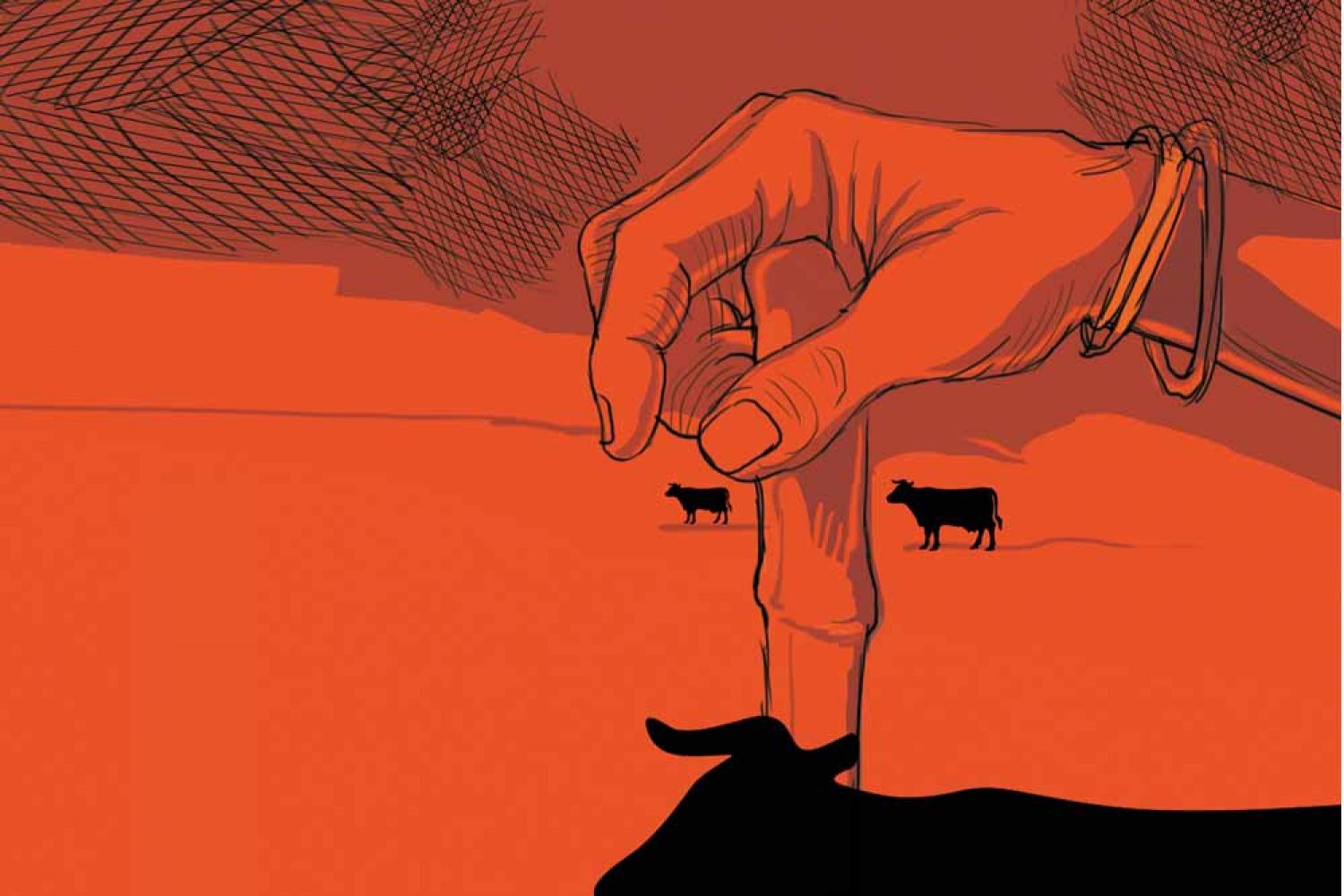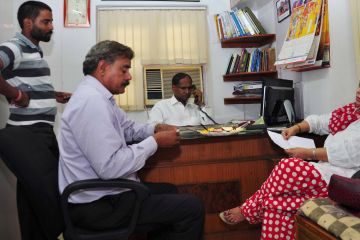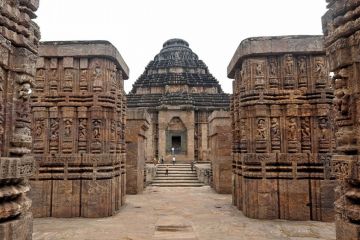
Around midnight Chand
Begum looks at the small clock on the yellow wall and gets up with a start to
switch off the light bulb on the verandah.
“Unke chakkar lagne
shuru ho jaenge ab (Their rounds are going to begin now),” she says.
Within minutes there
is the sound of police cars coming into the village. The family huddles
together. “Thankfully they have not knocked on our doors even once so far,” she
says.
Others in the village
were so severely harassed that they hav
Continue reading “Knights of the udder and their grail quest”
Read this story with a subscription.





